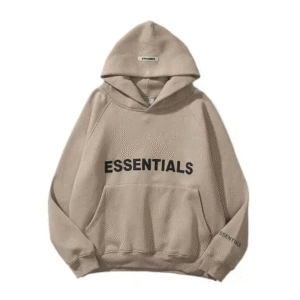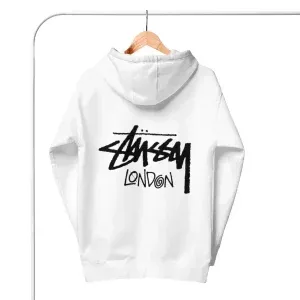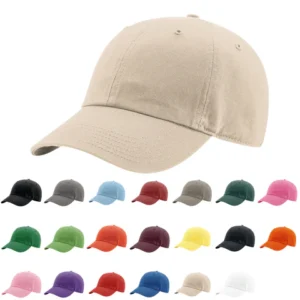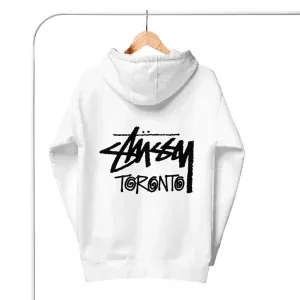In today’s fashion ecosystem, where identity and expression are central to consumer choices, Corteiz and Kapital stand as two polar yet powerful forces. Corteiz, born in the heart of London, has shaken the streetwear scene with its raw attitude and cryptic marketing. Kapital, on the other hand, hails from Japan and is rooted in decades of artisanal excellence, fusing traditional techniques with playful experimentation. Both brands have carved out unique lanes in the global market. This article offers a detailed, side-by-side look at Corteiz and Kapital, comparing their approach, influence, and impact across fashion’s most vital dimensions.
Origins and Brand Philosophy
Corteiz was launched in the early 2020s by the enigmatic Clint419, quickly rising through the ranks with a defiant tone and community-first ethos. It positions itself as an anti-establishment brand, refusing to follow industry norms. Kapital was founded much earlier in 1984 by Toshikiyo Hirata in Kojima, Japan—a region famed for denim production. Kapital’s philosophy is rooted in slow fashion, blending heritage craftsmanship with whimsical, boundary-pushing aesthetics. Corteiz thrives on counterculture and urban energy, while Kapital honors tradition through innovation. These origin stories not only inform their designs but also define the way each brand resonates globally.
Aesthetic and Design Intent
Kapital’s designs are instantly recognizable for their eccentric detailing, patchwork denim, and fusion of East-meets-West aesthetics. The brand regularly incorporates Japanese folk art and Americana references, creating garments that are both nostalgic and forward-thinking. Corteiz embraces a minimalist but message-heavy design strategy. Most pieces are graphic-led, with bold logos and phrases that speak to identity, resistance, and unity. While Kapital leans toward complexity and layered visual storytelling, Corteiz relies on simplicity paired with cultural relevance. Each brand reflects a different creative ethos—one intricate and abstract, the other raw, direct, and rooted in the streets.
Craftsmanship and Material Use
Kapital is widely revered for its premium craftsmanship. Garments are often handmade using traditional Japanese methods, including natural indigo dyeing, sashiko stitching, and boro techniques. These details create pieces that feel personal, artistic, and long-lasting. Corteiz, though not positioned as artisanal, still places a strong emphasis on garment quality. Materials are durable, often suited for everyday wear, but not necessarily handcrafted. Corteiz’s strength lies more in its concept and exclusivity than in construction. In contrast, Kapital builds its identity through detail and technique, making each piece a showcase of skilled labor and considered design.
Product Drops and Accessibility
Corteiz has become infamous for its highly restricted drop system. Products are released without warning, often through cryptic social media posts or password-protected websites. This model builds hype and fuels scarcity, with items selling out in minutes. Kapital operates more traditionally, offering seasonal collections through select boutiques and its own online platform. While Kapital pieces are limited due to the handmade production process, the brand does not manufacture urgency. Corteiz’s drop model fosters excitement and exclusivity, while Kapital’s availability supports deliberate, slower purchasing decisions. These distinct strategies reveal how both brands curate desirability in unique ways.
Target Audience and Community
Corteiz speaks directly to youth culture, especially those drawn to authenticity, rebellion, and street credibility. Its fanbase is active, engaged, and highly loyal—especially in the UK, where the brand is seen as a badge of cultural alignment. Kapital, meanwhile, draws a more diverse, global audience—often fashion enthusiasts, collectors, and creatives who appreciate its offbeat artistry and storytelling. While Corteiz appeals through immediacy and relevance, Kapital fosters long-term admiration through craft and concept. Both communities are passionate, but their values differ: Corteiz fans chase moments and cultural movements, Kapital followers chase meaning and craftsmanship.
Pricing and Perceived Value
Kapital’s pricing reflects its labor-intensive production process and niche market appeal. Pieces like their patchwork denim or hand-dyed jackets can cost hundreds to thousands of dollars, which collectors see as justified by the artistry involved. Corteiz items are priced more accessibly at retail, but scarcity drives prices up significantly on resale platforms. The brand’s value lies in its exclusivity and cultural symbolism rather than garment intricacy. Kapital is seen as fashion investment; Corteiz is viewed as social capital. Both brands have strong perceived value, but what consumers are actually buying—craft versus clout—differs dramatically.
Marketing Approach and Brand Storytelling
Corteiz disrupts with its marketing. Its campaigns are unpredictable, cryptic, and bold, often involving in-person stunts like pop-ups in random city locations or swap events that go viral. These tactics not only sell clothes but reinforce community. Kapital takes a more artistic approach, using surreal, cinematic lookbooks and abstract storytelling to invite curiosity. Their visuals often blend humor, folklore, and absurdity. While Corteiz builds tension and releases it explosively, Kapital draws you into a slower, deeper narrative. Each brand controls its image masterfully—one through urgency and mystique, the other through creativity and world-building.
Sustainability and Ethical Practices
Kapital, though not loudly branded as sustainable, follows many principles of slow fashion. Its use of natural dyes, durable fabrics, and small-batch production aligns with ethical manufacturing values. Additionally, its garments are built to last, encouraging a slower consumption cycle. Corteiz doesn’t promote sustainability as a core message, but its limited releases inadvertently discourage overproduction. However, the secondary market and hype culture it fuels can sometimes encourage unnecessary consumption. Overall, Kapital aligns more overtly with sustainability through its process, while Corteiz’s contribution to ethical fashion is less intentional, often overshadowed by its focus on exclusivity.
Industry Collaborations and Influence
Corteiz has made significant waves through selective collaborations, most notably with Nike. These moments are strategic and add mainstream legitimacy without diluting the brand’s core identity. Kapital rarely collaborates with large commercial brands, choosing instead to remain independent or work with like-minded creatives. This has helped Kapital preserve its mystique and cult following, though at the cost of wider recognition. Corteiz leverages partnerships to amplify reach and impact, while Kapital uses restraint to maintain purity. Both choices are powerful in their own right, showing how collaborations can either expand a brand’s footprint or reinforce its uniqueness.
Conclusion: A Tale of Two Distinct Worlds
Corteiz and Kapital embody two very different philosophies in fashion, yet both command deep respect in the global style arena. Corteiz represents immediacy, rebellion, and cultural resonance. It’s a brand that thrives on energy, presence, and shared moments. Kapital, in contrast, represents patience, craftsmanship, and imaginative depth. It appeals to those who see fashion as a canvas for artistic exploration and historical dialogue. While Corteiz sets trends in real-time, Kapital slowly carves its legacy piece by piece. Choosing between the two is less about better or worse, and more about which story you want your wardrobe to tell.






